Urban Stream Restoration, Living Shoreline, Regenerative Stomwater Conveyance (RSC)
Purpose/Function:
This practice aims to restore the integrity of streambanks by preventing or controlling erosion. Like its cousin, agricultural stream restoration, this practice is meant to rehabilitate degraded streams to improve habitat, reduce erosion and restore function to a vital resource.
Initiation protocol:
Understanding the sequential steps of planning, designing, funding, constructing and monitoring restoration projects is critical to venturing into the process and achieving restoration success.
Public acceptance:
Stream restoration projects can yield increased property values in many cases.
Implementation Factors (level of difficulty):
Difficult. Getting from concept to completion of a restoration project can be daunting and includes working with state and federal offices to obtain required permits.
Funding Sources / Options:
Because of the sheer scale of stream restoration projects, several sources of funding are often required to achieve desired financial needs. Design funding can come from National Fish and Wildlife Foundation, Chesapeake Bay Trust, Trout Unlimited and The Nature Conservancy. Implementation funding is available from the Chesapeake and Atlantic Coastal Bays Trust Fund and Clean Water State Revolving Loan Fund, administered by the Maryland Department of Natural Resource and the Maryland Department of the Environment.
Costs:
| Cost Estimates | EPA | King & Hagan | Average |
| Initial | $645 | $645 | $645 |
| Annual | $8.60 | $8.91 | $8.76 |
| Lifespan (yrs) | 20 | 20 | 20 |
| Annualized | $40.85 | $41.16 | $41.01 |
Load Reduction Efficiency:
Total Nitrogen removed per foot of practice per year = 0.02 lbs.
Cost per pound removed = $2,050
Total Phosphorous removed per foot of practice per year = 0.00 lbs.
Cost per pound removed = between $16,397 and $19,167
Total Suspended Solids removed per foot of practice per year = 2.0 lbs.
Cost per pound removed = between $20.50 and $21.36
Operation & Maintenance:
Regular inspections and maintenance of stream restoration projects are critical to ensure their benefits in preventing sediment and nutrient pollution are maintained and extended over time, as well as to maintain other local design objectives (e.g., habitat improvement, channel stability and landscape amenity).
Climate Change Considerations:
Increased flash flood risks created by climate change are fueling concern over the vulnerability of restored streams to flooding.
Planning Questions to Consider:
Stream restoration requires expertise in several disciplines and specialized skills. The leader or project manager is responsible for organizing and bringing together various project partners, agency technical staff, non-governmental and other parties interested in or concerned with a potential project. Such partnerships can create effective avenues for addressing multi-faceted restoration projects with a complex set of issues.
Helpful Links:
Local Project Examples:
Description: Practice under construction at the outfall of the college’s stormwater retention pond where a badly incised stream system exists at the headwaters of the Wye East River.
Funding Source: Maryland Department of Natural Resources and the National Fish and Wildlife Foundation, Queen Anne’s County
Estimated Load Reductions from 152 acres treated:
Nitrogen – 206 lbs. annually
Phosphorous – 26.7 lbs. annually
Suspended sediments – 23,371 lbs. annually
Description: Constructed 200 linear feet of living shoreline on middle Chester River
Funding Source: Chesapeake Bay Trust
Cost: $100,000 for design and build
Description: A living shoreline was constructed to protect Brown’s Landing, a Queen Anne’s County Public Landing, and the adjacent property which has been adversely affected by the activity at the boat landing. The goals of this project were to restore 186 feet of eroding bank and to create better access for local watermen and the public via the county public landing.
Funding Source: Construction and Design supported by Chesapeake Bay Trust
Cost: $38,368.00
Description: 375 linear feet of stream restoration along a section of Kirwin Creek in Chester (Kent Island) to stabilize and control flooding from an 80-acre contributing drainage.
Funding Source: National Fish and Wildlife Foundation
Cost: $114,125
Description: A stream bank restoration design for approximately 600 feet within the town of Greensboro. The river needed restoration to prevent more bank and vegetation loss, as well as to decrease sediment and phosphorus loads. The area is currently used as a passive park and for fishing, with an annual fishing tournament that draws more than 200 people. To stop the banks from eroding in-stream weirs were created to slow the water flow and redirect it away from the bank.
Funding Source: Chesapeake Bay Trust
Cost: $21,700.00
Related Best Management Practices
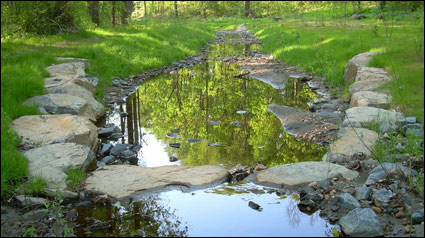
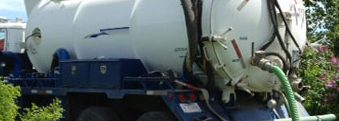


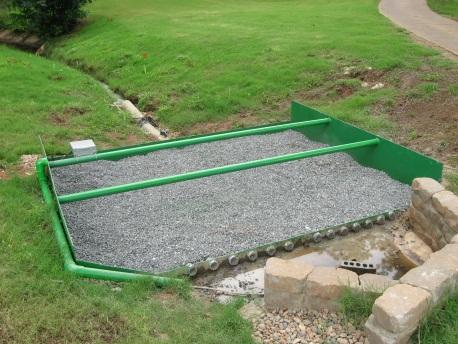

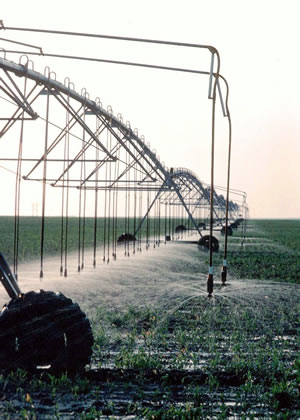
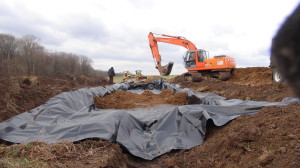
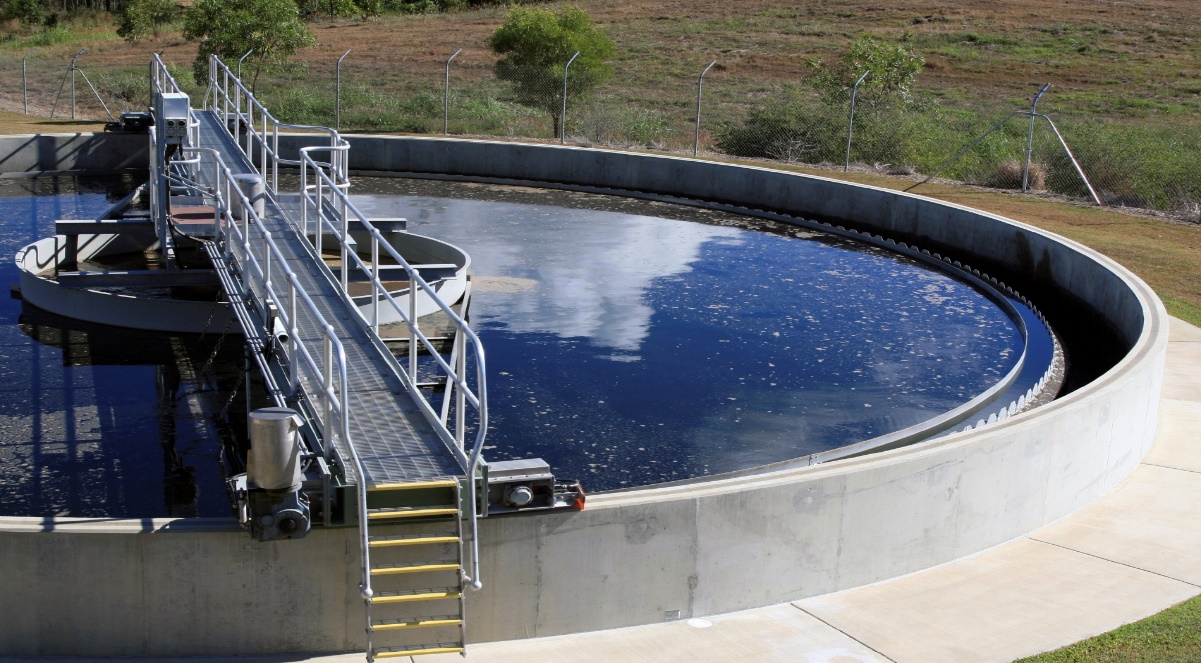


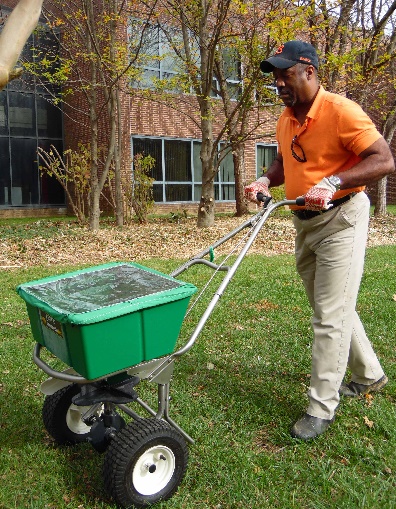

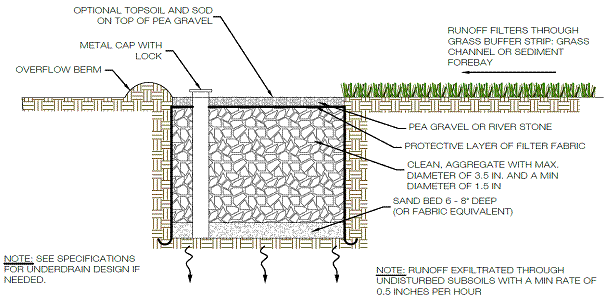
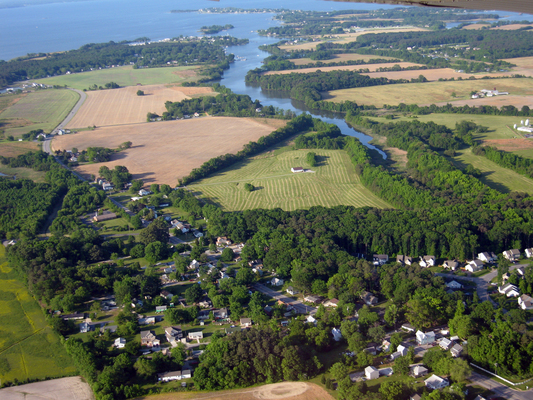
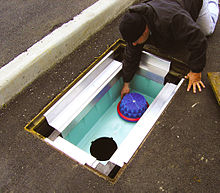

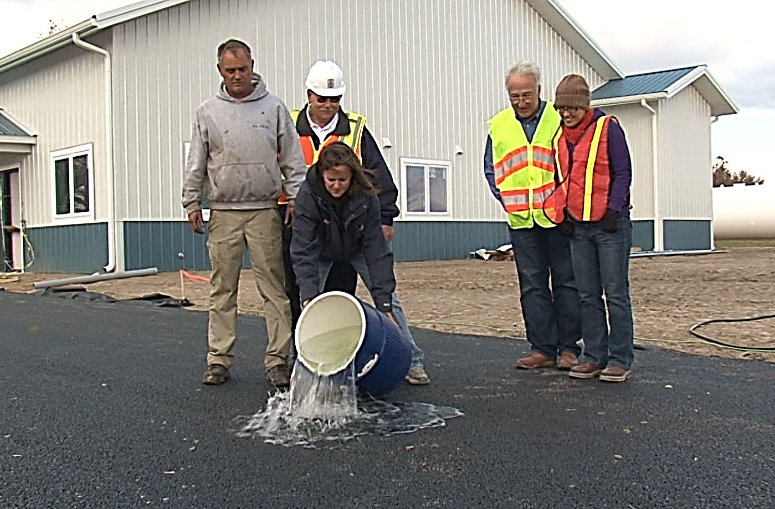
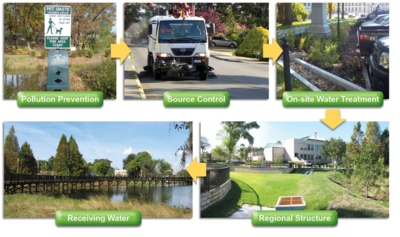
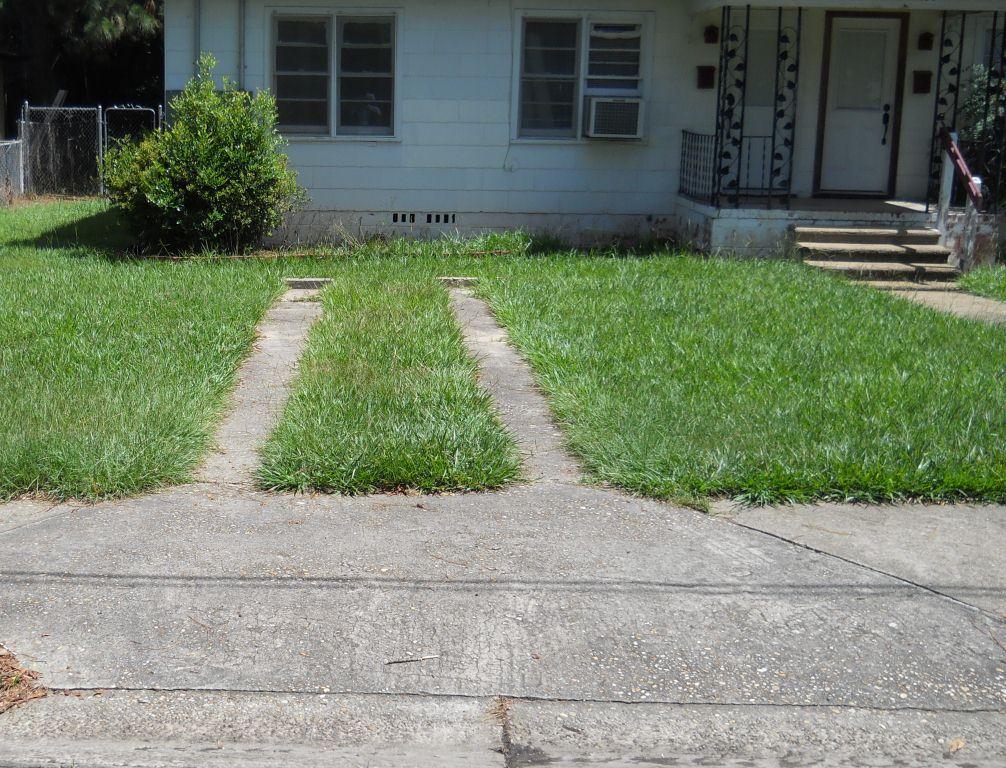

Feedback on This Best Practice